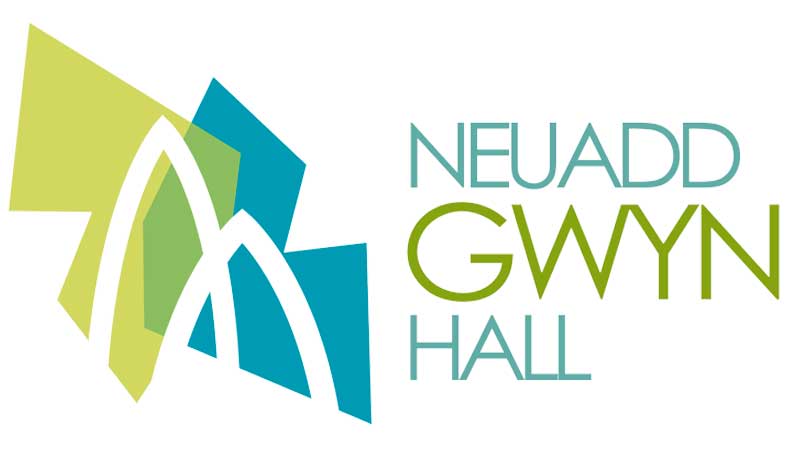In 1882 Alderman Howel Gwyn, offered to assist in the finance of a new public hall and municipal offices for the town of Neath. After a number of years a site for the new hall had not been found and so at a public meeting in 1885 Gwyn announced that he would find suitable land himself donating the site on Orchard Street for the purpose. Funds for the project could not be raised by The Neath Corporation and to ensure the hall’s completion Gwyn agreed to pay for the building as well, donating a further £200 for the project. The final cost of the hall however was estimated at around £6,000. It was agreed that Gwyn could choose the architect himself and in March 1886 plans were received from London based architect John Norton who also designed St David’s Church in Neath.
A description of the hall in 1891 was as follows:
…a building of blue sandstone with Bath stone dressings, in the Gothic style, and consists of a large public hall, which accommodates 1,500 people, a council chamber and municipal offices; the cost of erection was about £7,000; the Glamorganshire county council hold meetings here quarterly; the borough council and various meetings of the county authorities are also held here. In front of the hall is a fine bronze statue of the late Howel Gwyn Esq. Designed by Raggi, and erected by subscription by the principal residents of the neighbourhood and county.
Kelly’s Directory of South Wales, 1891
As part of the Queen’s 50th jubilee celebrations (and coincidently Howel Gwyn’s 81st birthday), Mrs Ellen Gwyn laid the foundation stone of the building on the 21st of June 1887. Sadly Howel Gwyn did not live to see the completion of the hall, dying peacefully at Dyffryn House on the 25th of January 1888.
The first performance at the hall on the 21st of December 1888 was a capital concert arranged by the Town Band and
Mr J. S. Church.
The hall took a further eight months to complete and was opened (informally) with the unveiling of a statue of its benefactor outside the Gwyn Hall on September the 26th, 1888 by Sir John Llewellyn Bart. Sculpted by Signor Merrio Raggi its positioning caused much controversy at the time as it was thought it would interfere with carriages pulling up outside the building. The first performance at the hall on the 21st of December 1888 was a capital concert arranged by the Town Band and Mr J. S. Church.
As a further memorial to her husband, Mrs Gwyn pledged money for an organ to be placed at the hall. It was unveiled at the ‘official’ opening ceremony on the 7th of November 1889 to her husband’s favourite oratorio, Handel’s ‘Messiah’. The organ was removed in 1949 as part of renovations to improve the theatrical space, extending the stage and wing space for scenery. A newspaper article records that on the removal of the organ the names of those who originally built and fitted it in the hall were revealed, inscribed upon the arches of the back wall.
Throughout its history the hall has hosted concerts, plays, musicals and even wrestling matches. Adelina Patti performed on numerous occasions; Charles Dickens (junior) gave a recital of his father’s works to an appreciative audience in 1889; David Lloyd George once gave a speech there and a young Leo McKern appeared with the Western Theatre Company in ‘Cockpit’ in 1948. More recent stars that have treaded the Gwyn’s stage are actor Steven Meyo, opera star Katherine Jenkins and the Stereophonics.
In 1989 the Gwyn Hall received a Grade 2 listed building status. Plans were made to improve the hall with a £4 million development but with just a few months to go before opening the building was destroyed by fire on the 21st of October 2007. Thanks to support from a strong friends group and a continued commitment from Neath-Port Talbot County Borough Council the Gwyn Hall is officially open once more on the 8th of March 2012.
Harriet Eaton
Heritage Education Officer
NPTCBC

